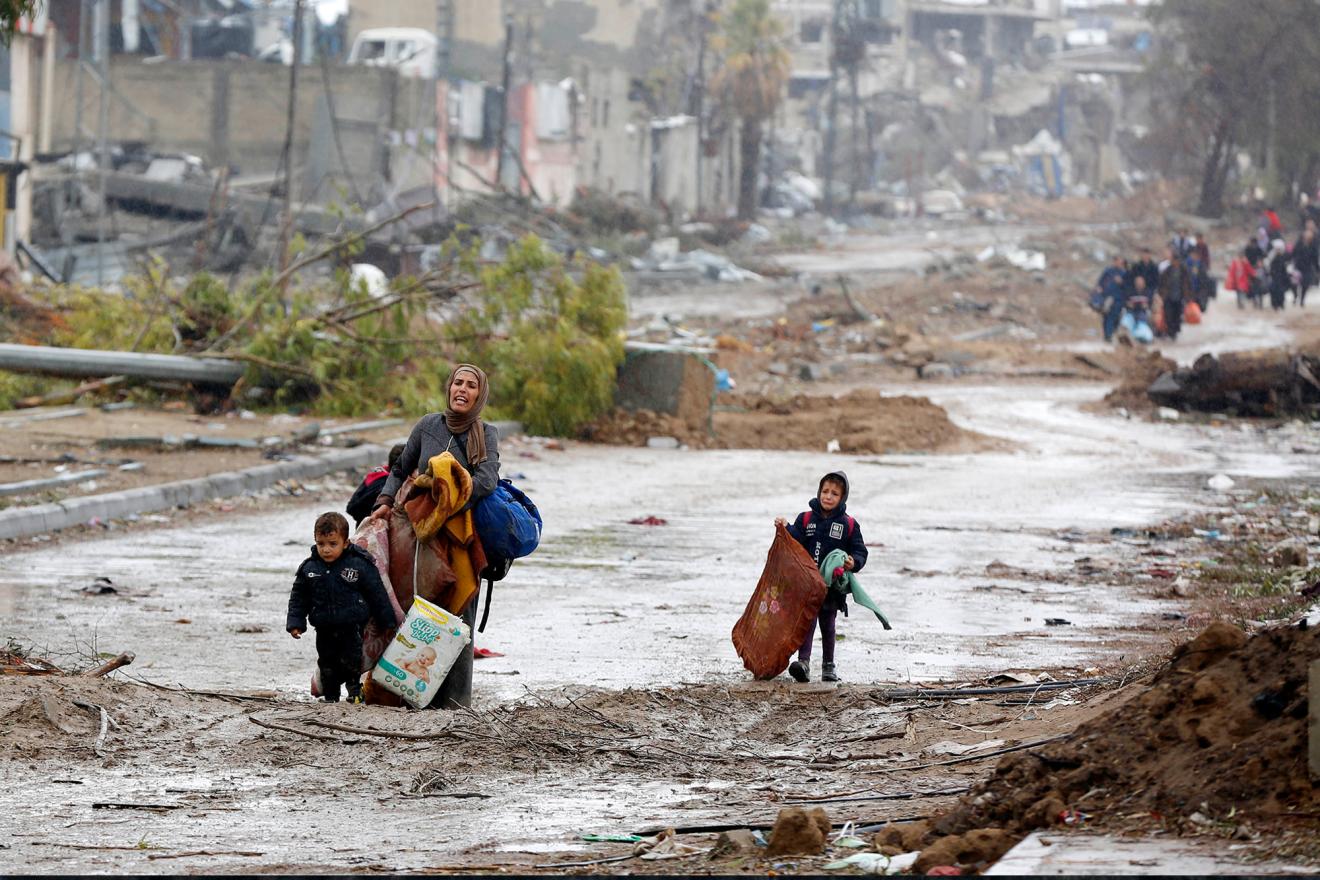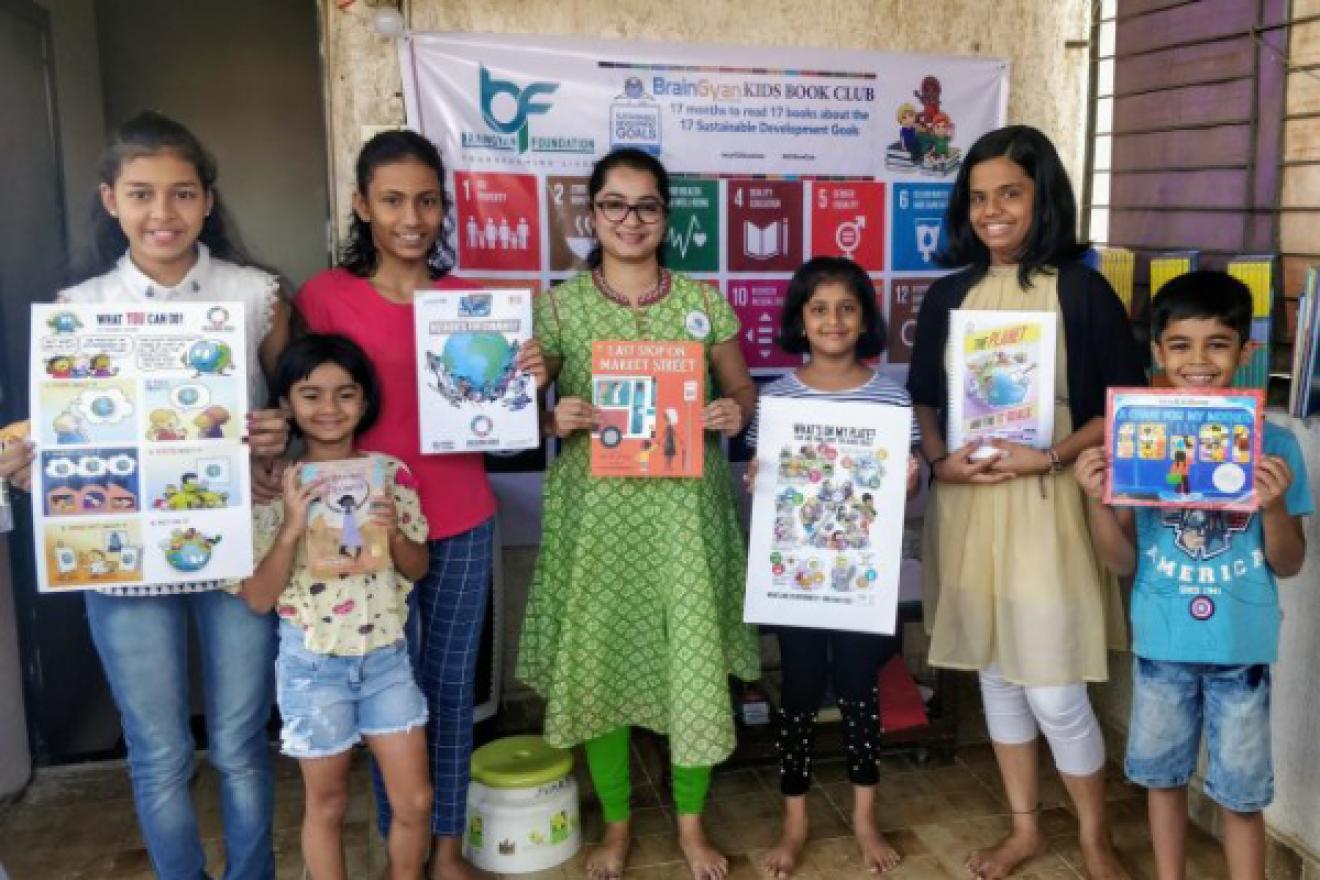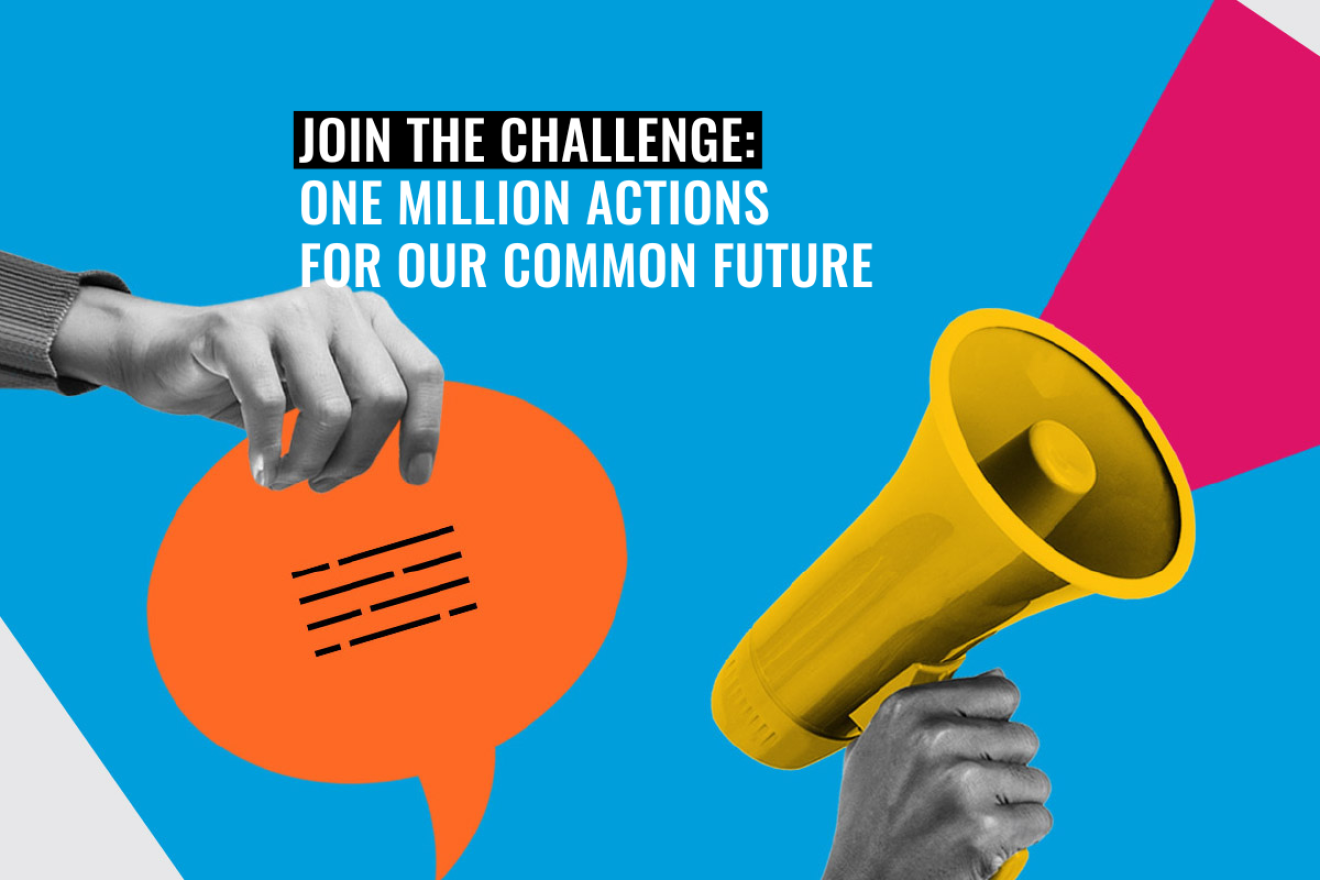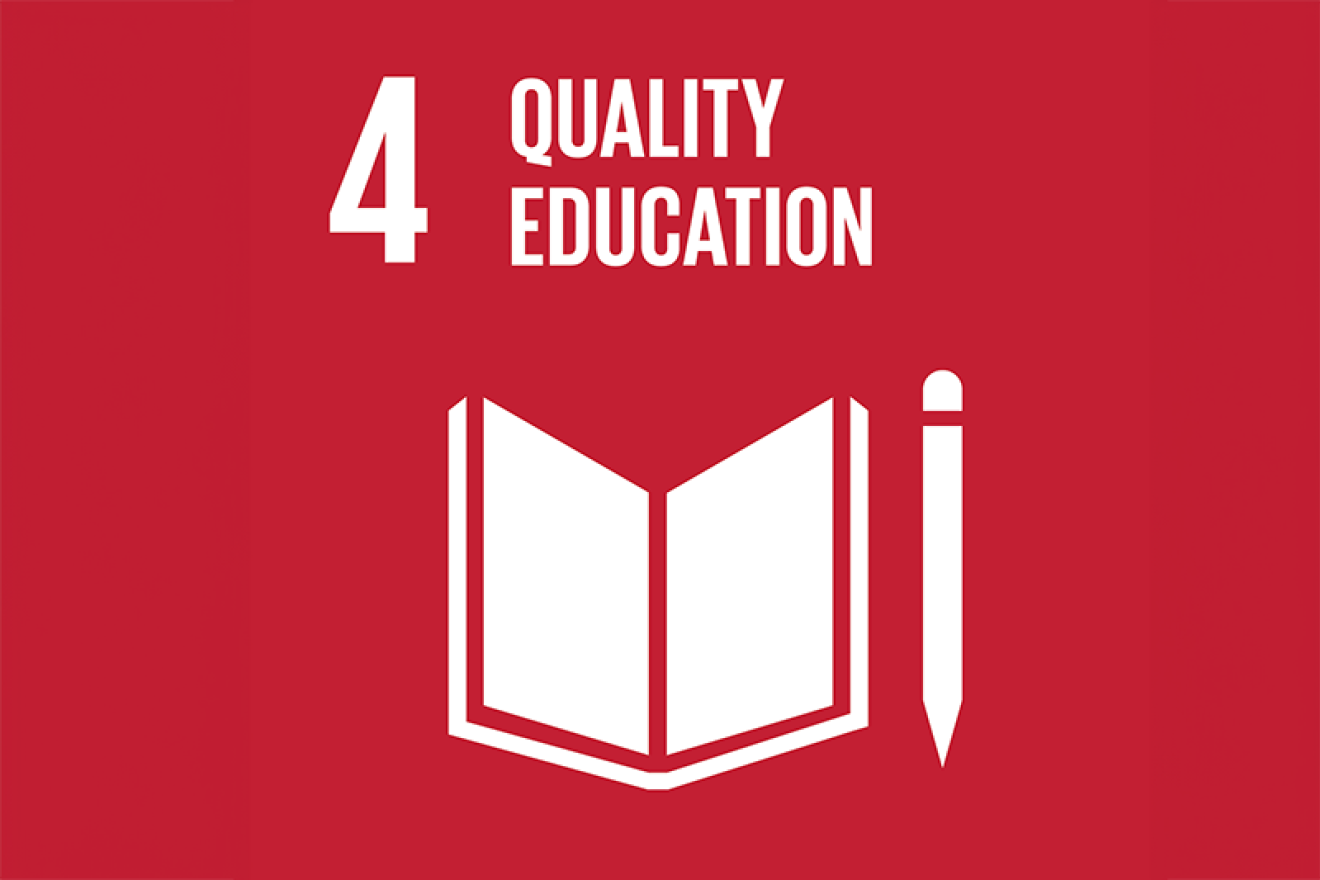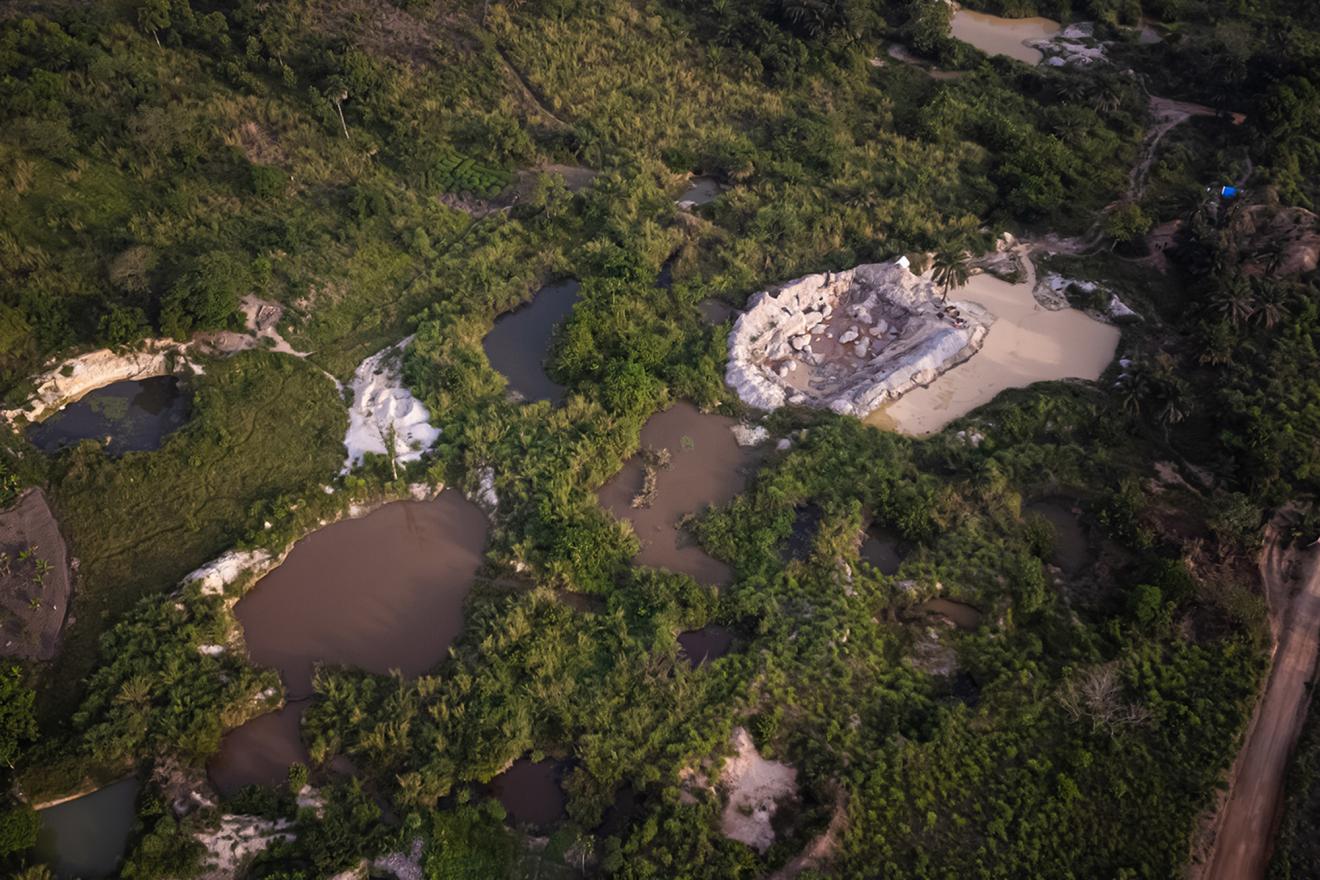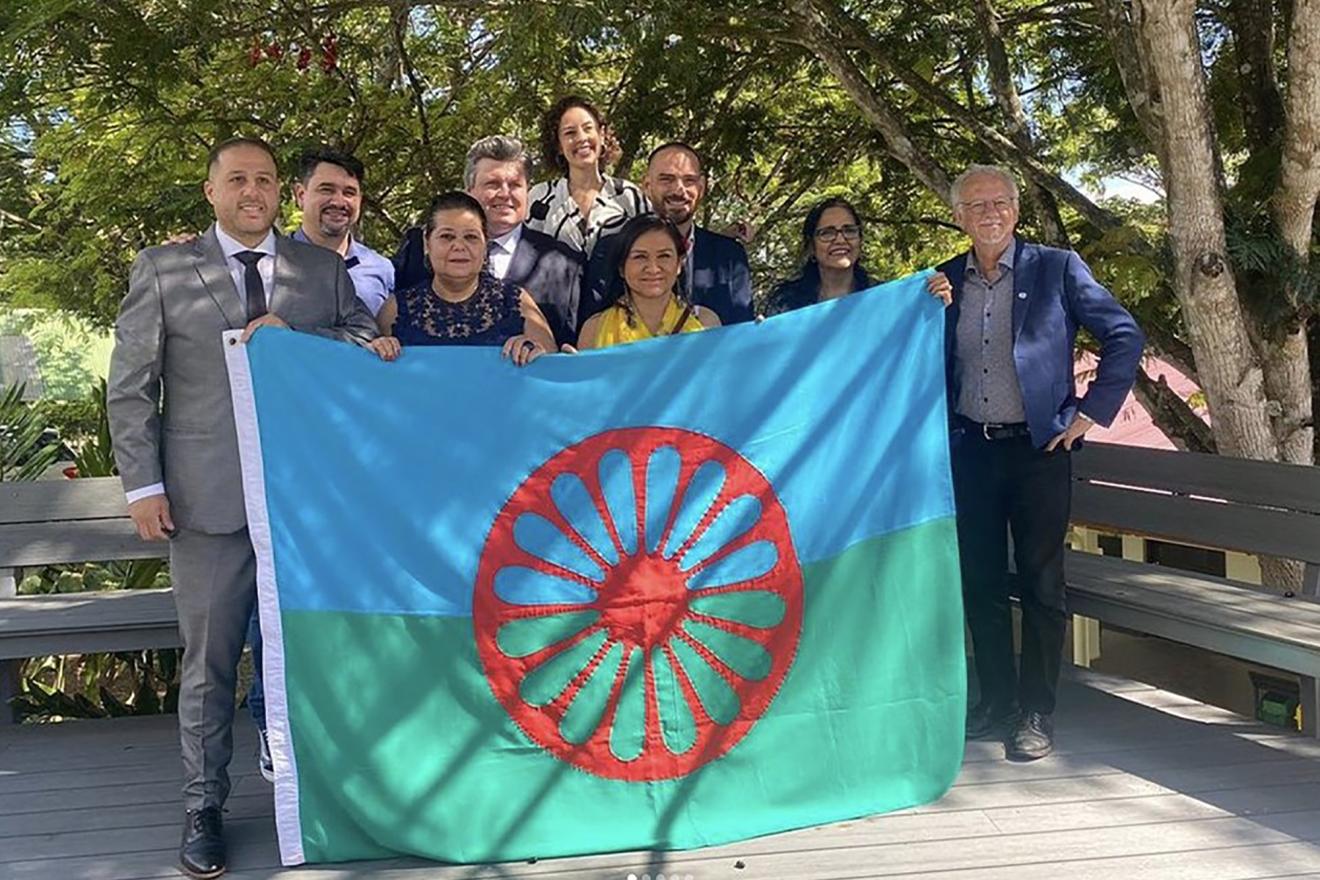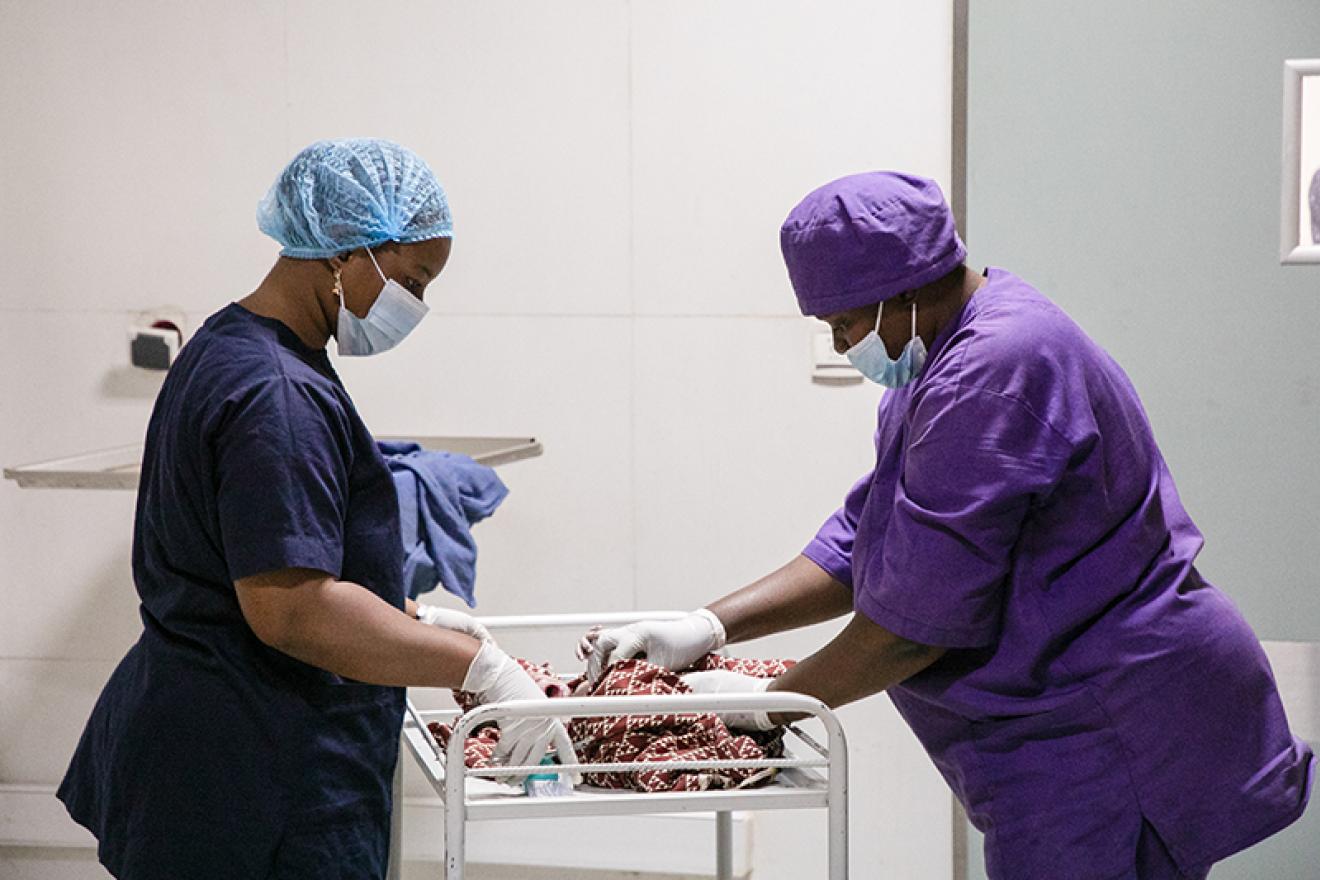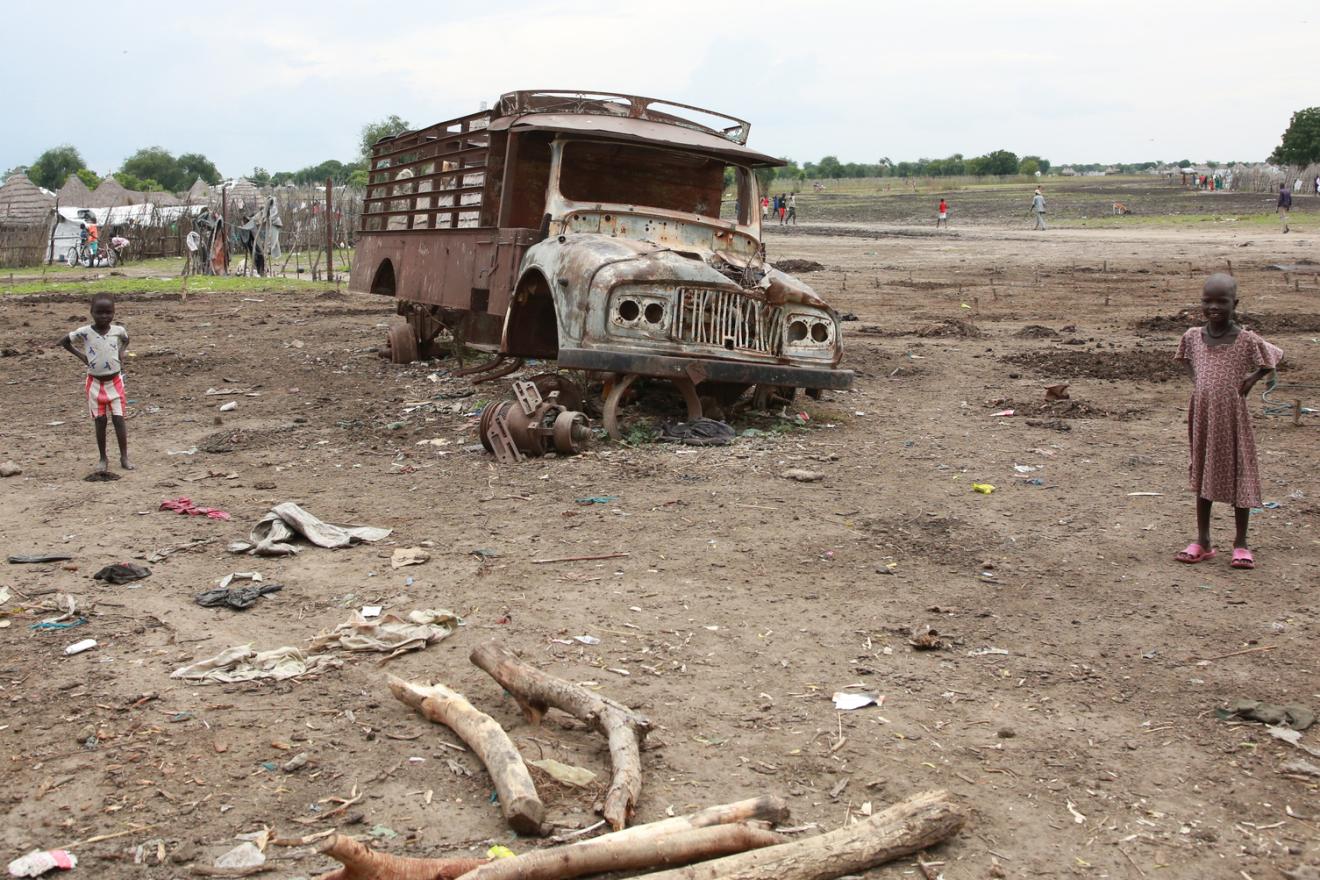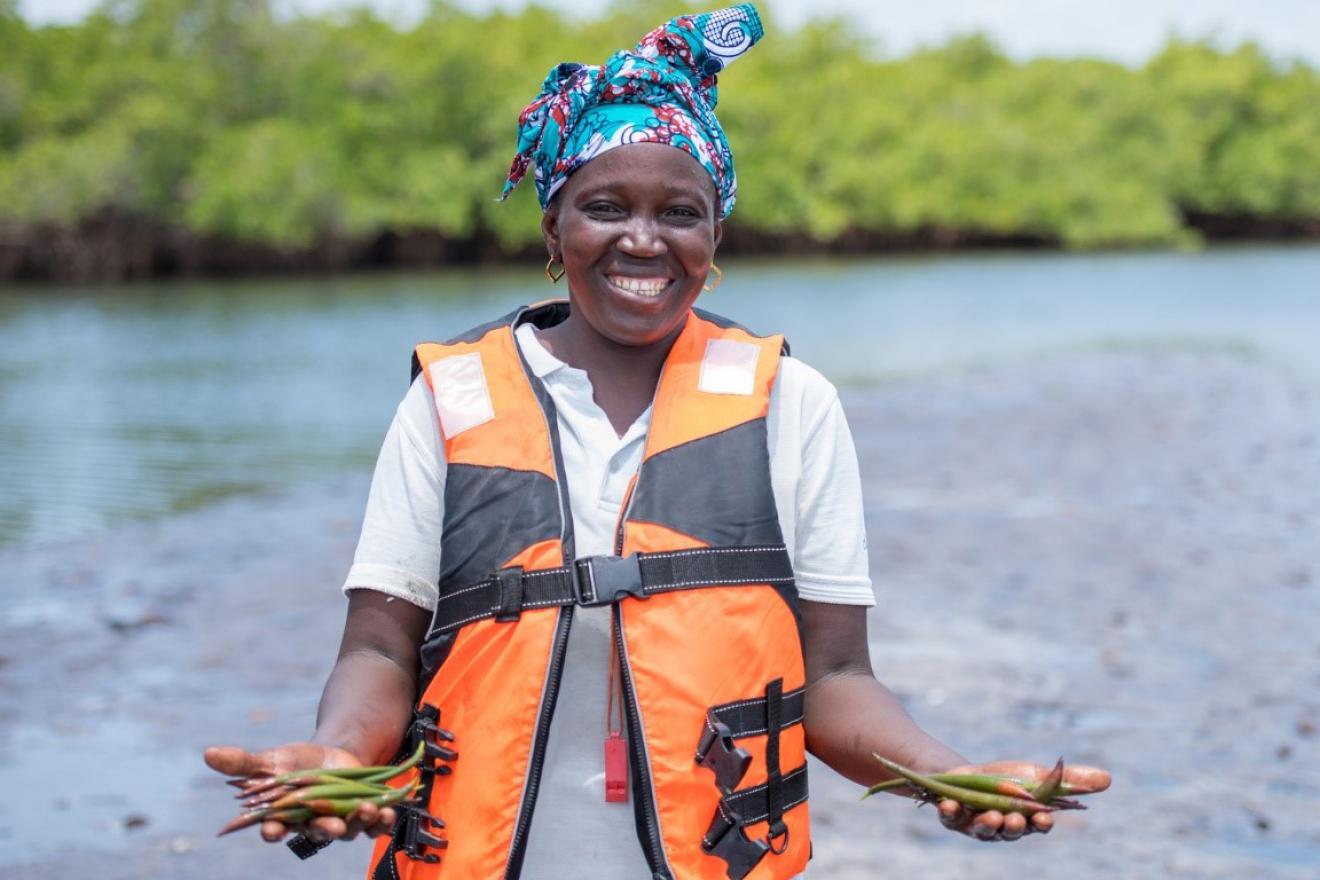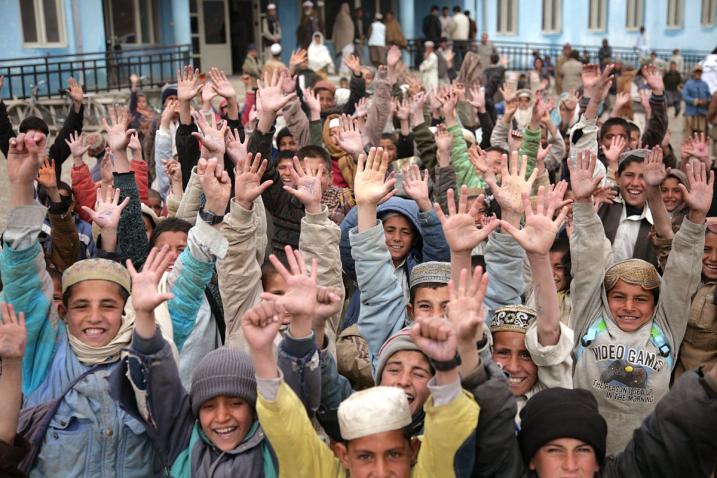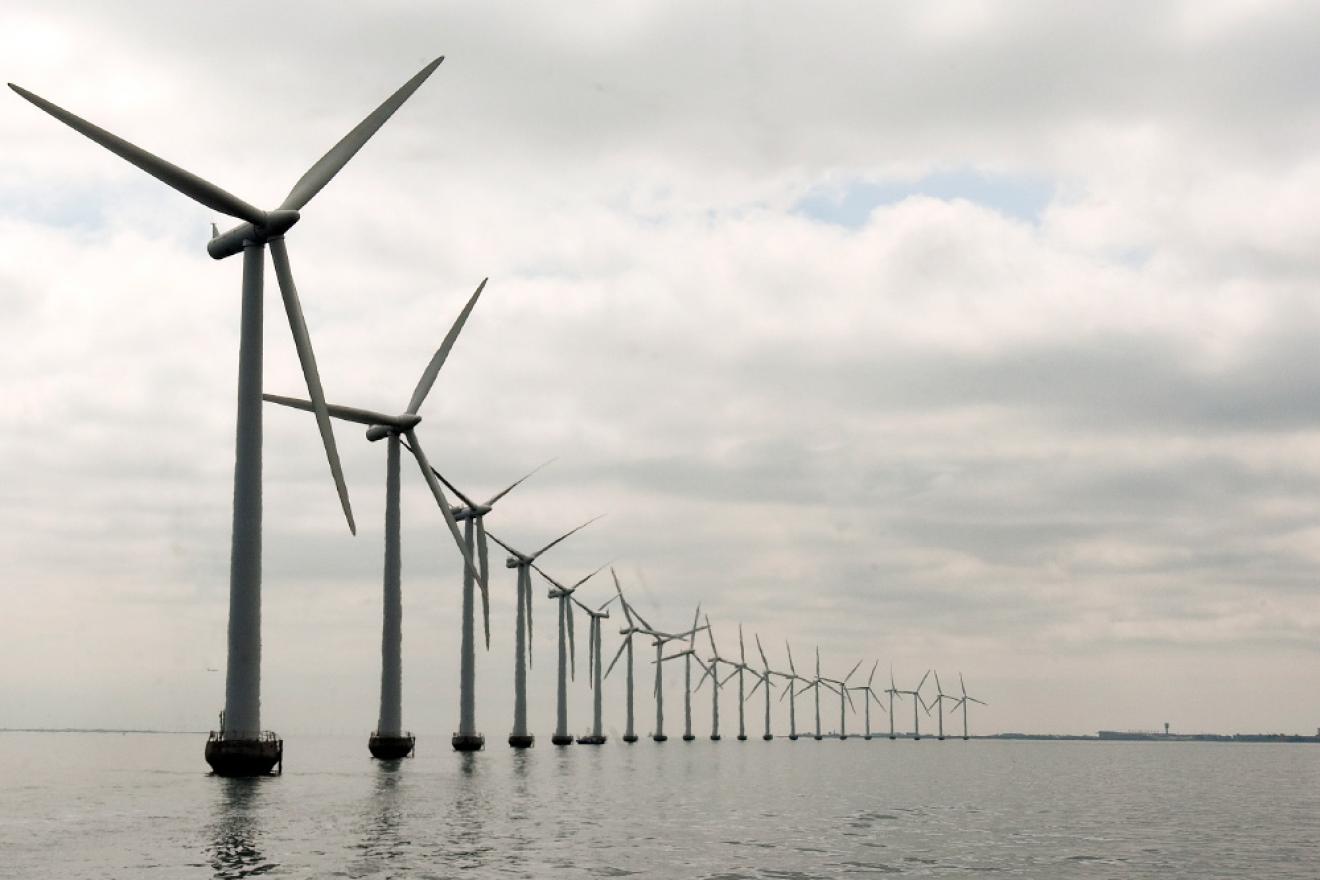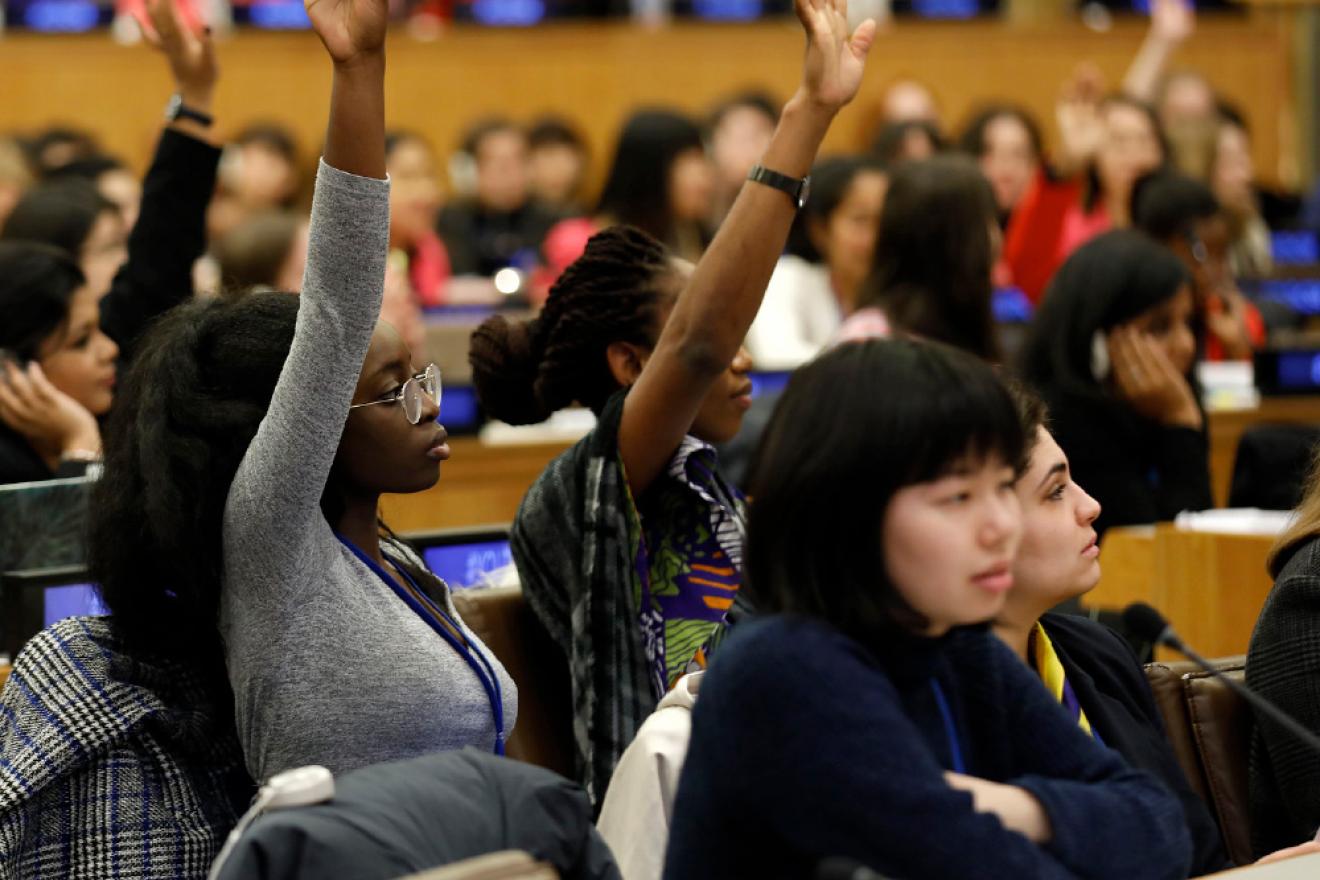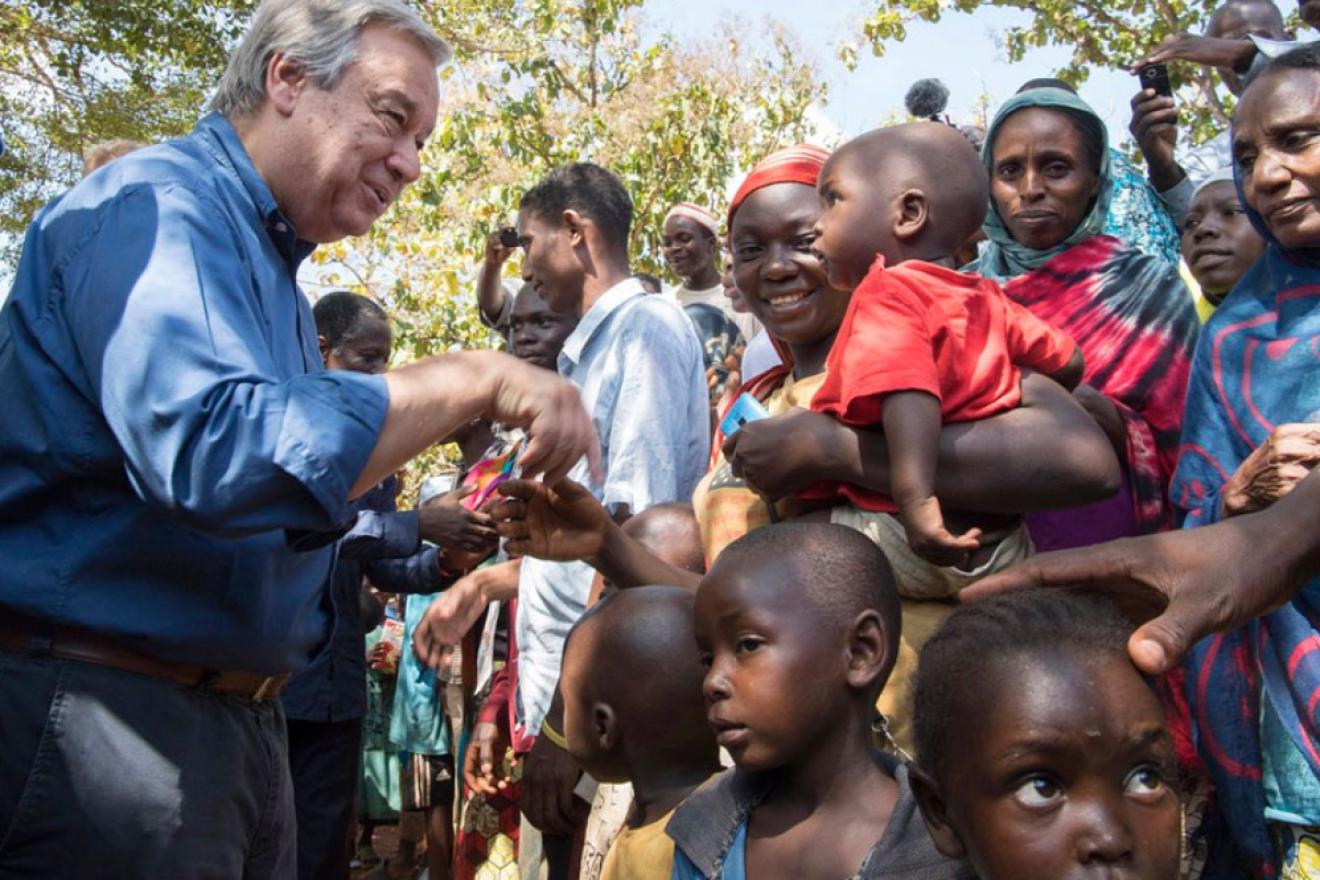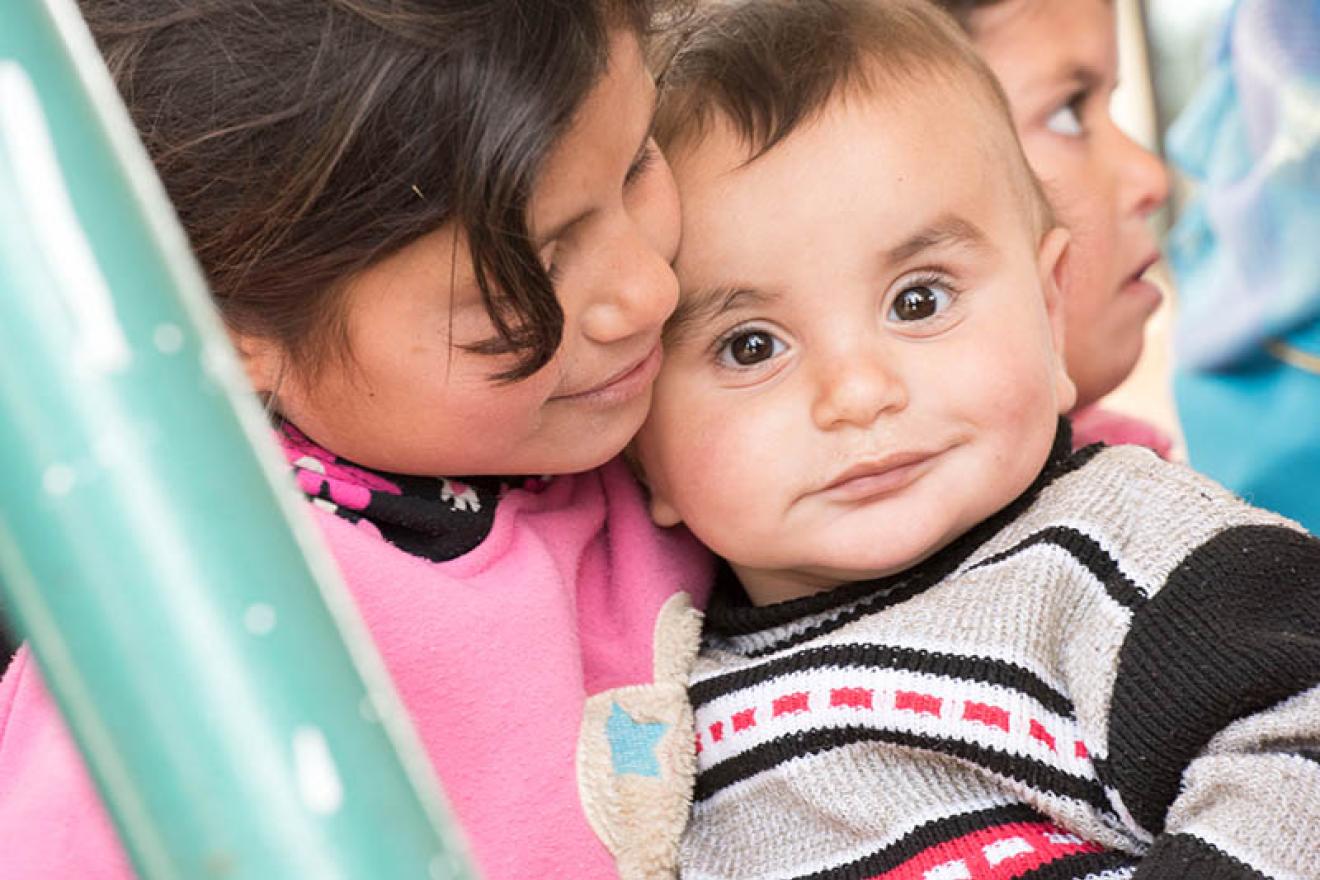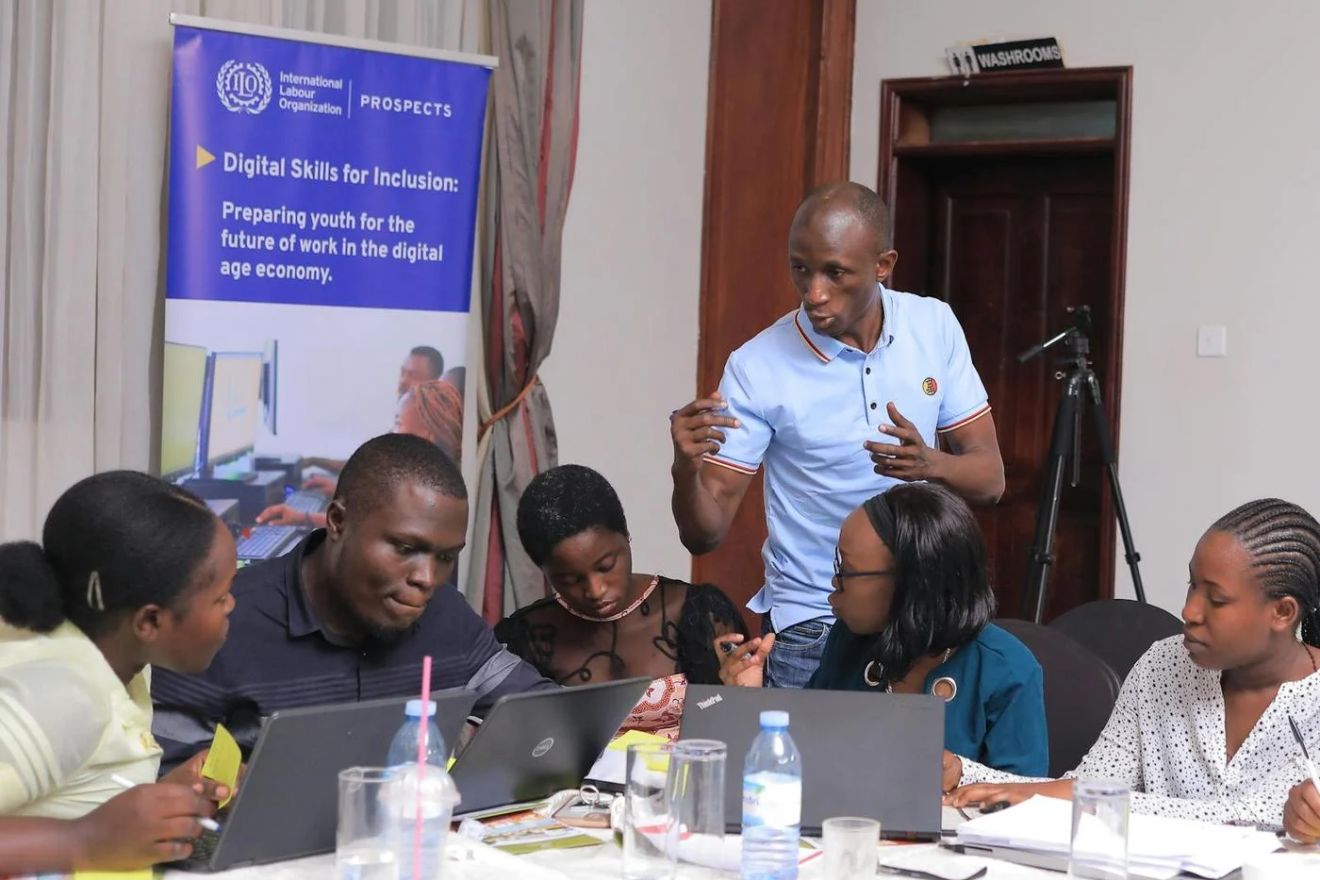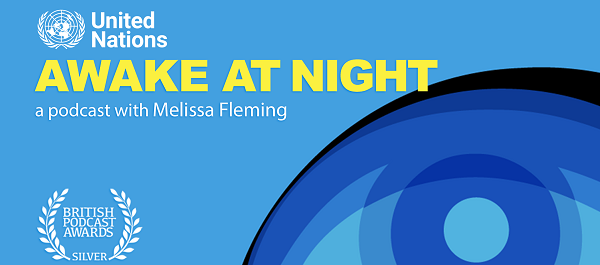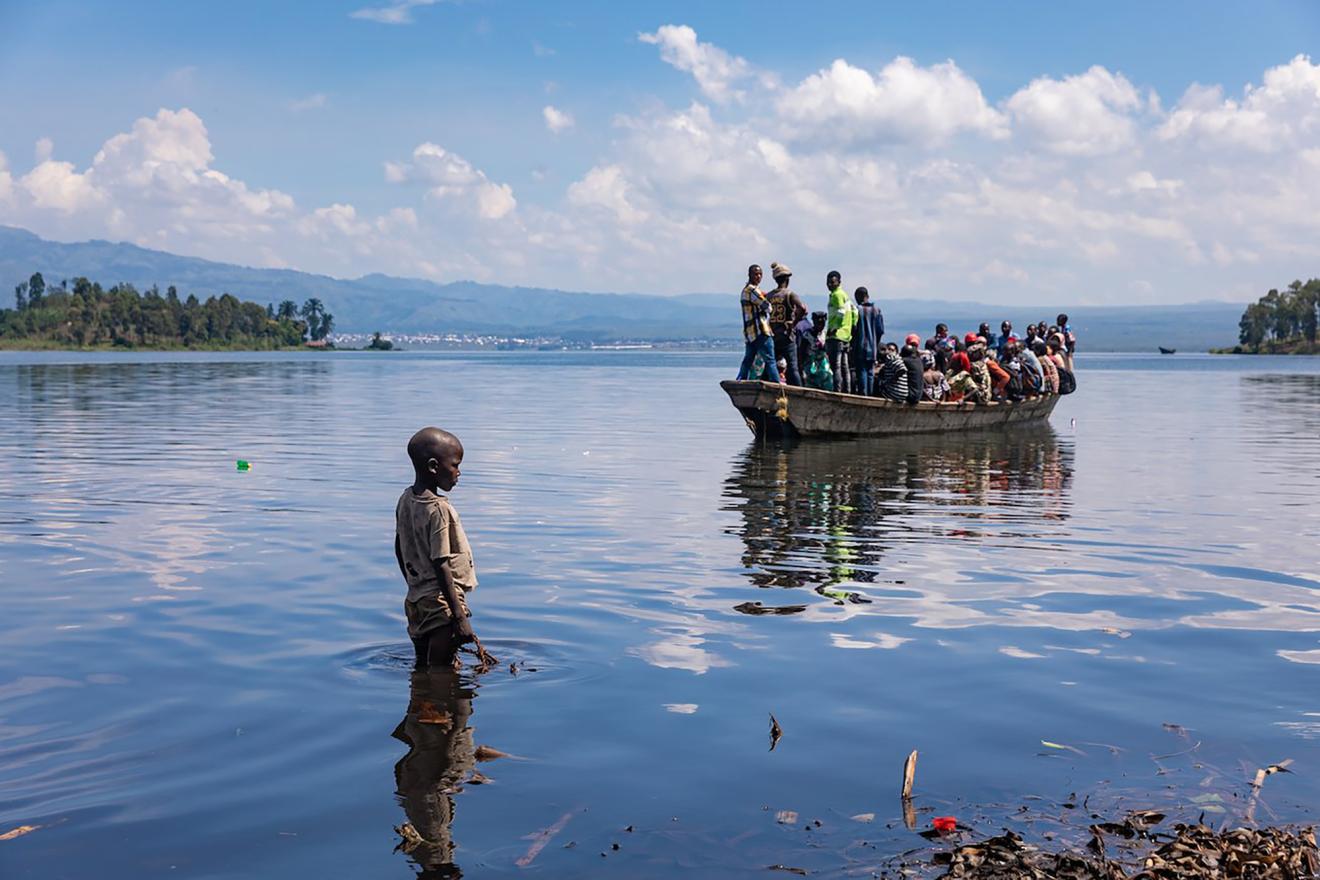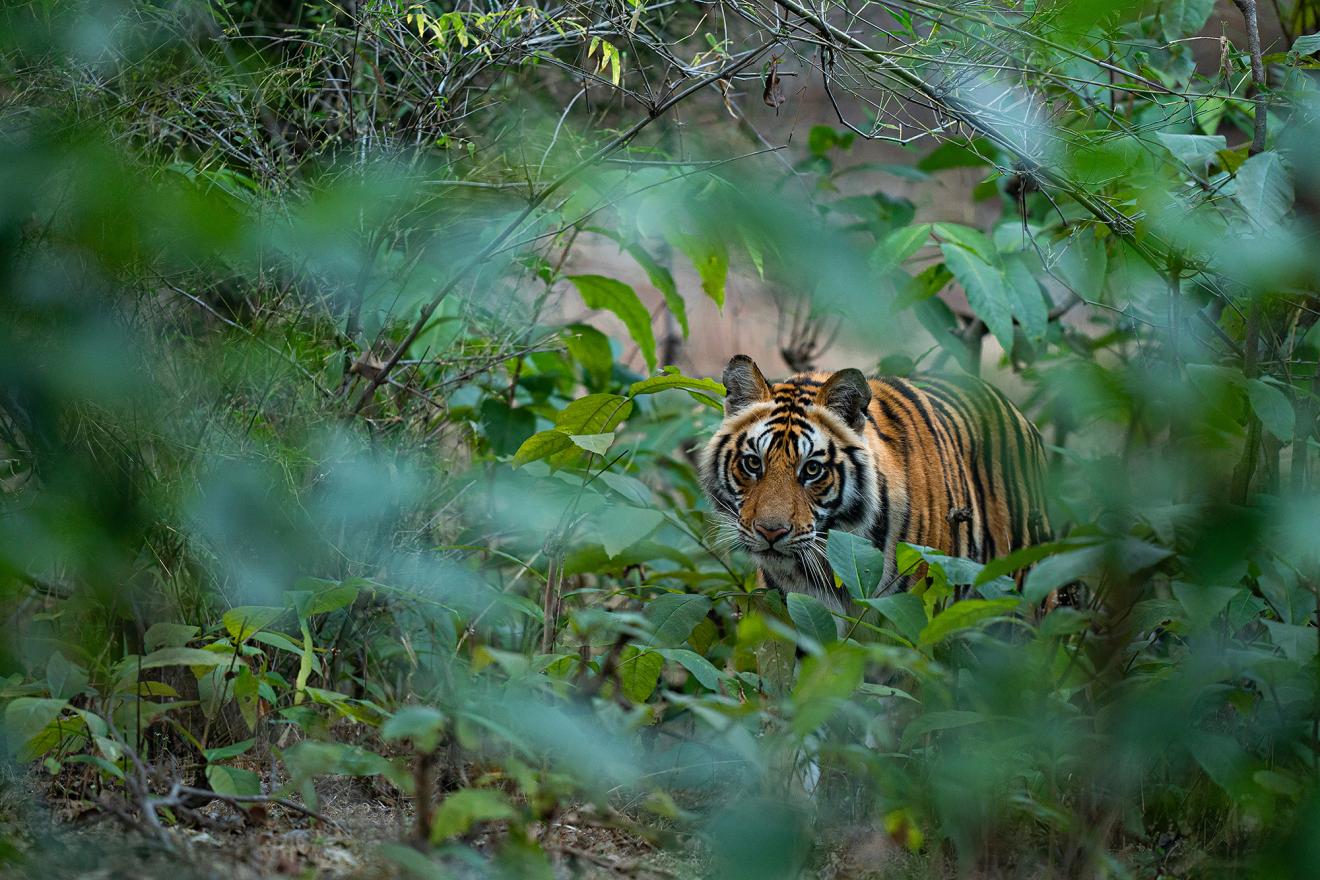Learn more about the Sustainable Development Goals! On our student resources page you will find plenty of materials for young people and adults alike. Share with your family and friends to help achieve a better world for all.
Gaza's Grim Reality: Six Months of Unyielding Conflict
The Gaza conflict has been going on for over six months with devastating consequences. Thousands of Palestinian women have been killed, leaving children orphaned. Over a million women and girls face dire living conditions with limited access to necessities like food and medical care. Destruction of infrastructure has exacerbated the crisis, leaving many injured individuals without treatment. Urgent calls for humanitarian aid and a ceasefire are needed to prevent further suffering. Escalating violence in the West Bank and a potential regional conflict between Israel and Iran are also of concern.

Guterres appeals for maximum restraint in the Middle East
18 April 2024 — Recent escalations in the Middle East make it even more important to support efforts towards lasting peace between Israel and a fully independent, viable and sovereign Palestinian...
Palestine’s status at the UN explained
18 April 2024 — What will it take for Palestine to become a full UN Member State? As the Security Council takes up the matter while the devastating war in Gaza enters its seventh month, we looked...
Pandemic experts express concern over avian influenza spread to humans
18 April 2024 — The ongoing global spread of “bird flu” infections to mammals including humans is a significant public health concern, senior UN medics said on Thursday, as they announced new...

